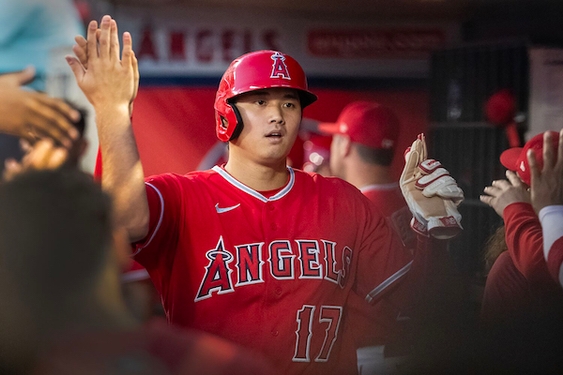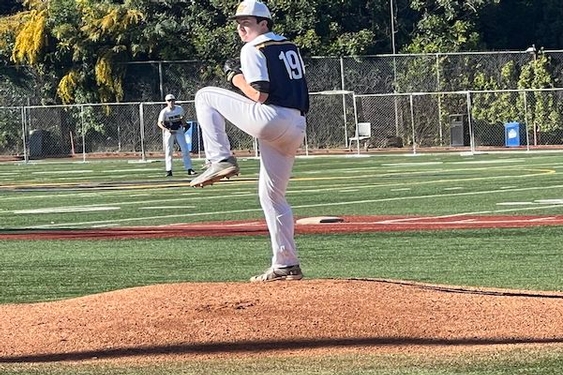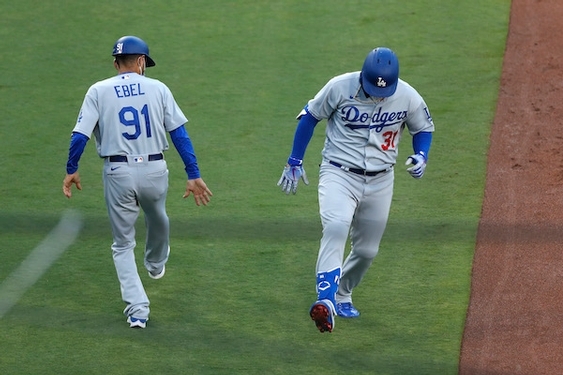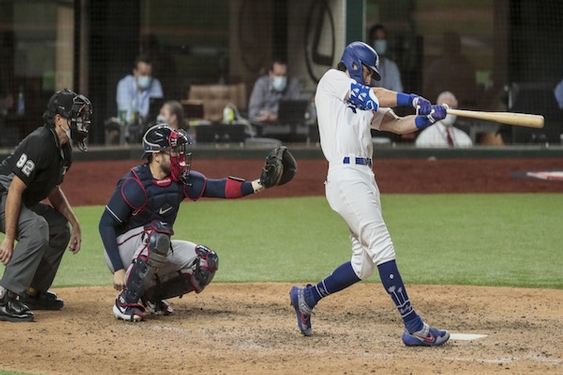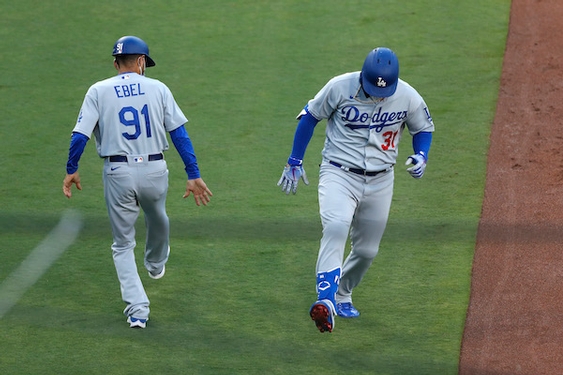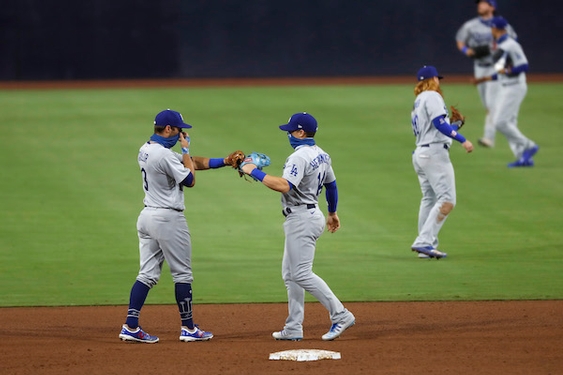There are certain places in the baseball world that have a holy resonance; their significance is greater than their physical presence. They live in dreams and, thus, possess mystical qualities. Wrigley Field is one such place. More than a ballpark, it is a shrine for baseball lovers the world over. Home of the Chicago Cubs, a team whose disappointments are legendary, the stadium has come to represent not only a bygone era, but a special something that makes the game, for lack of a better word, timeless.
Built in 1914, Wrigley Field is second only to Boston’s Fenway Park as the oldest stadium in the major leagues. It has entertained gangsters like Al Capone and presidents like Barack Obama. While its long history certainly contributes to its mystique, the stadium has, for me, a more personal significance; for I was once a Cub.
At the tender age of 8, my parents signed me up for little league and, of all teams, I was placed on the Cubs, a curiosity since my name translates in Hebrew as “little bear.” In that first year our team played dreadful baseball, winning only two of 13 games. I can’t say I helped the cause either; as a hitter I put the ball in play exactly two times during the whole season.
Despite our pitiful performance, I was dumbstruck in love with the game, and the mystique of those lovable losers, those ever hopeful Cubs, began to infiltrate my being. I played for that team for three years (We did improve.). In that time I listened to Vin Scully voraciously and so became acquainted with the “Friendly Confines” known as Wrigley Field.
Fast-forward 25 years, and the opportunity presents itself to visit this long-imagined shrine, and I suddenly was face-to-face with my 8-year-old self.
Wrigleyville
There can be no clear line of delineation between the stadium (1060 W. Addison St.) and its surrounding neighborhood: Wrigleyville. Indeed, the stadium arises as an organic part of the cityscape like a fortress in a medieval town. There are even places where one can peer from the street through chain-link fence and observe the game in play. With few exceptions, the buildings around the stadium appear untouched for 50 years or more.
The neighborhood bustles with life before, during and after every home game. Bars, vendors and odd shops crowd the busy lanes. Should the Cubs win, the area explodes with festivity. Street drummers playing plastic buckets beat festive rhythms in the air, the bars fill up and all manner of debauchery ensues. It is truly amazing to behold. And even if the Cubbies should lose (a not uncommon occurrence), the party goes on, however subdued. The drums play on, only not quite as loud. This is a fan base accustomed to disappointments.
Amidst the rah-rah of bars and memorabilia vendors, there are some hidden treasures in Wrigleyville. These include the much-beloved Bookworks (3444 N. Clark St.), a small, cooperatively owned bookseller with a breathtaking variety of books, including an awesome selection of titles on baseball. Down the road on Addison Street, not more than a city block from the stadium, you’ll find the small shop Yesterday (1143 W. Addison St.). Proprietor Tom Boyle has owned the storefront for over 30 years and has filled the place with amazing relics of the past, featuring priceless memorabilia, authentic newspapers and scorecards from the turn of the century. It’s an absolute must-see for any baseball pilgrim.
The stadium itself appears practically unchanged since its birth. With the exception of lights installed on the roofs and a handful of advertisements, the stadium exists as it has for decades. Upon entering the gates hours before the game begins, a chill of excitement sweeps over me. When I first gaze upon the field, a smile creeps onto my face and it plants itself for the afternoon.
I am surprised by the outward simplicity of the place. The old scoreboard behind centerfield is the most eye-catching feature with its peepholes necessary because it is still operated by hand. The lack of advertising reminds me of a time before ad dollars pushed their way into every possible corner of the modern stadium. The famous ivy that grows along the old brick outfield wall is in full bloom. It’s a perfect day for baseball.
It is not until the fans start to fill the stadium that the old park comes alive and its famous personality takes shape. The ancient steel frames, which hold the stands together, seem to creak with pleasure as fans arrive. Exalted by their famed optimism, the Cub fans give the atmosphere a unique merriment. This general attitude continues into the game even as the Cubs take a thorough thumping by the visiting Dodgers.
I am fortunate to attend one more game the following day, which turns out to be a baseball lover’s filet mignon. A 1-0 Cubs victory/Dodger loss featuring excellent pitching on both sides, numerous spectacular defensive plays and plenty of edge-of-the seat moments. When the Cubs are at last triumphant, the fans stand as one to engage in a tradition particular to Wrigley Field, the singing of “Go, Cubs, Go,” a catchy little ditty sung after every home victory. Such a feeling of generosity and good will fills the stands and at last I feel the meaning of the stadium’s famed moniker, the “Friendly Confines.”
This spirit has been attributed to the typical Midwestern character. I had heard, but not experienced firsthand, about the common kindness of Chicagoans. Since I was traveling alone and often found myself wanting for company, I made conversation with strangers frequently and was impressed time and again at how nice people were. Maybe it was the weather, hovering in the mid-’70s with the famed offshore breeze; the city felt wide open with possibility.
Chicago bills itself as “America’s Lakefront City,” a fairly modest appellation for a place so crowded with magnificent sights and sounds. Such is the impression one feels when they emerge from the town’s underground MetraRail system into the heart of downtown with its enormous skyscrapers.
Essex Inn (800 S. Michigan Ave.), where I stayed, is a clean, comfortable, reasonably priced and ideally located hotel. A large lap pool and on-site exercise facility, complete with sauna, make it a choice spot to lay one’s hat when not out and about.
From the Essex, you are walking distance from world-famous cultural institutions. And if you prefer, bikes can be affordably and conveniently rented at nine Bike and Roll Rentals locations (bikechicago.com).
Some must-sees include the science and natural history-themed Field Museum (1400 S. Lake Shore Drive; fieldmuseum.org). With over 25 million specimens of plants and animals, the prized possession is Sue, the largest known female T-Rex, whose skeletal remains are reconfigured in the main hall of the museum and greet astonished visitors.
The Art Institute of Chicago (111 S. Michigan Ave.; artic.edu/aic) boasts a renowned collection of art pieces ranging from antiquity to modern. A stroll around the grounds is every bit jaw dropping while also stoking intellectual thought. Here, you will find such classics as American Gothic, with the famously stoic icons of rural America, pitchfork and all. You can also see Edward Hopper’s Nighthawks, the famous painting of late-night diners sitting at a corner café. The mystery of the characters’ relationships seems to reflect the intrigue of the city at night.
For when the sun goes down, Chicago reveals a whole other side. There is the glitz and glamour of the city’s renowned live theater. While in town I caught the hit show “Billy Elliot,” playing at the ornately decorated Oriental Theatre (24 W Randolph St). (Incidentally, I was moved to tears repeatedly throughout, hopefully not disturbing my neighbors with excessive nose blowing.)
The sexy and sensual side of city life comes out in full force in the later evening, as clubs are packed with young people dressed to the nines. It is as though the Chicago night crawlers are still celebrating the end of prohibition. Downtown’s JBar (610 N. Rush St.) is a great place to check out these alluring creatures while sampling a menu of exotic spirits.
Whatever the reasons that attract you to Chicago, be it baseball, art, science or architecture, the city is eager to satisfy, with a wink, a smile and a “Come again soon!”
For more information, visit cubs.com and explorechicago.org.
Sports: Baseball [The Diamond Dispatch]
Chicago: My Kind of Town
By Dov Rudnick

Chicago Cubs host the Los Angeles Dodgers at Wrigley Field on May 27.
(Credit: Phil Velasquez/ Chicago Tribune/MCT)
Article posted on 6/1/2010
This article has been viewed 2102 times.


